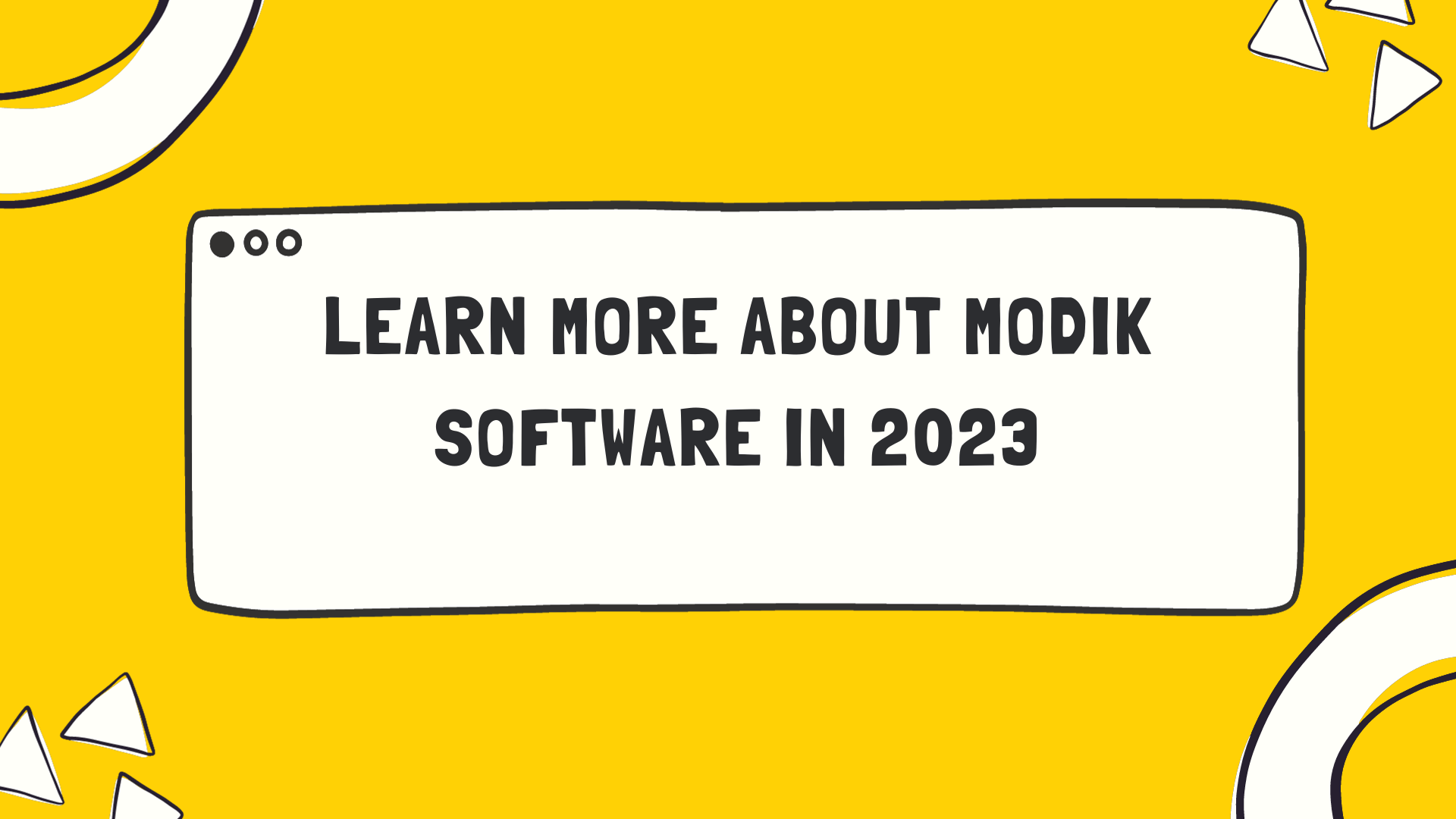Navigating the digital advertising landscape is becoming a challenge with the gradual disappearance of cookies. Did you know that by 2023, third-party cookies used for tracking users and preferences will be obsolete? This blog post aims to guide you through this shift, offering insights into cookie-less advertising strategies and potential alternatives.
Key Takeaways
- Disappearing cookies are impacting digital advertising, with third-party cookies set to become obsolete by 2023 due to data privacy regulations and increased user privacy concerns.
- Alternatives to cookie-based advertising include first-party data collection and analysis, gated content and progressive profiling, and Federated Learning of Cohorts (FLoC).
- To manage the shift towards cookieless advertising, advertisers should implement predictive analytics and better messaging, utilize contextual advertising, build direct relationships with publishers, and collect and utilize first-party data.
- The future of cookieless advertising will involve consensual information gathering, a comeback of contextual targeting, and collaboration with Adtech companies for innovative solutions.
Why Are Cookies Disappearing?
Changes in data privacy regulations and increased concerns about user privacy are the main reasons why cookies are disappearing.
Changes in data privacy regulations
Data privacy regulations are experiencing a global transformation. Nations worldwide are ramping up their laws to protect users from unsolicited data collection and misuse. The European General Data Protection Regulation (GDPR) and the California Consumer Privacy Act (CCPA) are prime examples of this shift towards tighter control over digital data.
Checkout Best GDPR compliance software in 2023
These new laws require companies to get explicit consent from users before tracking them or using their information, affecting how advertisers can target audiences online. This phenomenon is leading to an industry-wide reevaluation of common practices such as cookie-based advertising, forcing businesses to pivot to more user-friendly approaches that respect individual privacy rights while delivering effective results.
Increased concerns about user privacy
Advertising companies are facing increased concerns about user privacy as data privacy regulations become more stringent. Users are becoming more conscious of their online privacy and demanding greater control over their personal information.
This shift in consumer behaviour is forcing advertisers to find alternative ways to target audiences without relying on traditional tracking methods like third-party cookies. Advertisers need to adapt their strategies and embrace new approaches that prioritize privacy while still delivering personalized and relevant ads to consumers.

Alternatives to Cookie-based Advertising
| Alternative | Description |
|---|---|
| First-party data collection and analysis | Provides valuable insights into consumer behavior and preferences for more targeted advertising strategies. |
| Gated content and progressive profiling | Allows advertisers to gather user information in exchange for access to exclusive content, creating a mutually beneficial relationship between brands and consumers. |
| Federated Learning of Cohorts (FLoC) | An innovative solution that groups users with similar interests together, enabling advertisers to target specific cohorts rather than individual users. |

First-party data collection and analysis
Advertising companies are adapting to the disappearance of cookies by focusing on first-party data collection and analysis. This involves gathering information directly from users who willingly provide it, such as through sign-ups or newsletter subscriptions.
By analyzing this data, advertisers can gain valuable insights into user behavior, preferences, and interests. This allows them to create targeted ads that are more likely to resonate with their audience.
With the shift towards cookieless advertising, first-party data collection and analysis play a crucial role in helping businesses survive and thrive in the digital advertising landscape.
Gated content and progressive profiling
Gated content and progressive profiling are alternative strategies for targeting ads without relying on cookies. Gated content involves offering valuable resources, such as ebooks or whitepapers, in exchange for user information.
This allows advertisers to collect first-party data directly from users who have shown interest in their content. Progressive profiling, on the other hand, involves gradually collecting more information about users over time through a series of forms or surveys.
By using these tactics, advertisers can gather valuable insights and create personalized ad experiences for their audience.
Federated Learning of Cohorts (FLoC)
Federated Learning of Cohorts (FLoC) is an alternative solution for targeted advertising that respects user privacy. FLoC groups users with similar interests into cohorts, making it possible to deliver relevant ads without tracking individuals.
This approach aims to strike a balance between personalized ads and data privacy concerns, allowing advertisers to reach their target audience while respecting user preferences. By utilizing FLoC, online campaigns can still achieve effective audience targeting without relying on third-party cookies or collecting reams of personal information.
This innovative method ensures that marketing plans can survive and thrive in the evolving landscape of cookieless advertising.
Managing the Shift Towards Cookieless Advertising
Advertising companies must implement predictive analytics and better messaging, utilize contextual advertising, build direct relationships with publishers, and collect and utilize first-party data to effectively navigate the shift towards cookieless advertising.

Implementing predictive analytics and better messaging
To adapt to the shift towards cookieless advertising, implementing predictive analytics and better messaging is crucial. By utilizing advanced analytics tools, advertisers can analyze data from various sources to identify patterns and trends.
This enables them to predict customer behaviour and preferences more accurately, allowing for more targeted and personalized ads. Additionally, by improving messaging strategies, advertisers can create compelling content that resonates with their target audience.
This combination of predictive analytics and effective messaging helps optimize ad campaigns and increase conversion rates.
Utilizing contextual advertising
Advertising in a cookieless world requires new strategies to target audiences effectively. One approach is utilizing contextual advertising, which involves placing ads on websites that are relevant to the content being viewed by users.
By analyzing the context of a webpage, advertisers can deliver ads that align with the interests and needs of the audience in real-time. This method allows for more precise targeting based on the content context rather than relying on individual user data.
Contextual advertising not only respects user privacy but also helps increase ad visibility and engagement rates by delivering relevant messages at the right time and place. It enables advertisers to reach their intended audience without relying on cookies, making it a valuable tool in navigating the shifting landscape of digital advertising.
Building direct relationships with publishers
Building direct relationships with publishers is a crucial strategy for navigating the shift towards cookieless advertising. By establishing strong partnerships with trusted publishers, advertisers can gain access to high-quality inventory and target their audience more effectively.
These direct relationships allow advertisers to have greater control over their campaigns, ensuring that their ads reach the right people at the right time. Additionally, building direct relationships with publishers allows for better collaboration and communication, leading to more customized targeting solutions and improved campaign performance.
In this cookieless era, forging these direct connections with publishers is essential for advertising companies looking to survive and thrive in the digital landscape.
Collecting and utilizing first-party data
Advertising companies are increasingly turning to collecting and utilizing first-party data as an alternative to third-party cookies. First-party data refers to information that is directly collected from users who interact with a company’s website or app.
By leveraging this data, companies can gain valuable insights into their audience, allowing them to create more personalized and targeted advertising campaigns. This approach not only helps address privacy concerns but also improves campaign performance by delivering relevant ads based on user preferences and behaviors.
Additionally, collecting first-party data enables businesses to build direct relationships with consumers, providing opportunities for ongoing engagement and loyalty-building efforts.
The Future of Advertising Without Cookies
Consensual information gathering will play a vital role, as contextual targeting makes a comeback and collaboration with Adtech companies becomes crucial for survival and success in the cookieless advertising landscape.

The role of consensual information gathering
Advertisers are adapting to the shift towards cookieless advertising by focusing on consensual information gathering. This means seeking explicit consent from users to collect and use their data for targeted ads.
Advertisers are implementing strategies like permission-based tracking, where users can choose whether or not they want their online activities tracked for personalized advertising.
By obtaining explicit consent, advertisers can build trust with users and ensure that their targeting efforts are aligned with user preferences. Consensual information gathering is becoming an important aspect of digital advertising as it allows for a more transparent and ethical approach to audience targeting.
Contextual targeting making a comeback
Contextual targeting is reemerging as a powerful strategy in the world of cookieless advertising. With the decline of third-party cookies and increased concerns about user privacy, advertisers are turning to contextual advertising to reach their target audience.
Instead of relying on individual user data, contextual targeting focuses on the content and context of a webpage or app to deliver relevant ads. By analyzing keywords, topics, and other contextual signals, advertisers can effectively place their ads alongside content that aligns with their target market’s interests.
This approach not only respects users’ privacy but also enhances ad relevancy and improves campaign performance. As the cookieless era takes hold, expect to see more advertising companies embracing and refining contextual targeting strategies for effective audience engagement.
Collaboration with Adtech companies
Adtech companies play a crucial role in the transition to cookieless advertising. They have the expertise and resources to develop innovative solutions that enable targeted ads without relying on third-party cookies.
By collaborating with these companies, advertisers can access advanced targeting solutions, such as contextual advertising and behavioral targeting. Adtech companies also facilitate cookie syncing and attribution, allowing marketers to track campaign performance accurately.
This collaboration empowers advertisers to adapt their strategies swiftly and navigate the evolving landscape of digital advertising effectively.
The benefits of cookie syncing and attribution
Cookie syncing and attribution play a crucial role in the world of cookieless advertising. By syncing cookies across different devices and platforms, advertisers can obtain a more comprehensive view of their target audience, allowing them to deliver personalized ads and track campaign performance effectively.
Attribution models enable advertisers to determine which touchpoints contributed most to conversions, helping them optimize their marketing strategies for better results. These practices not only allow businesses to reach the right customers at the right time but also provide valuable insights that can drive future marketing success.
Conclusion
As cookies continue to disappear, advertisers must adapt their strategies to survive and thrive in a cookieless advertising landscape. This includes utilizing alternatives like first-party data collection and analysis, gated content, and contextual advertising.
By embracing these changes and building direct relationships with publishers, advertisers can continue to deliver targeted ads while respecting user privacy. In this evolving digital marketing landscape, collaboration with Adtech companies will play a crucial role in ensuring the success of future advertising campaigns without cookies.
Frequently Asked Questions
What is cookieless advertising?
Cookieless advertising is an online marketing strategy that does not rely on third-party cookies for data tracking and ad retargeting.
Why is cookieless advertising important?
With the rise of ad blockers and growing privacy concerns, cookieless advertising serves as an effective digital marketing approach to reach audiences without user tracking.
How does Google’s decision to phase out cookies affect my advertising strategy?
Google’s move changes the way reams of information are collected making it imperative for businesses to adapt their online advertising techniques by embracing a more consumer-friendly model such as cookieless advertising.
Are there alternatives within the framework of a cookie-based marketing strategy?
Yes, even with diminishing use of third-party cookies, marketers can still employ first-party data or other innovative methods like contextual targeting in their current marketing strategy.





